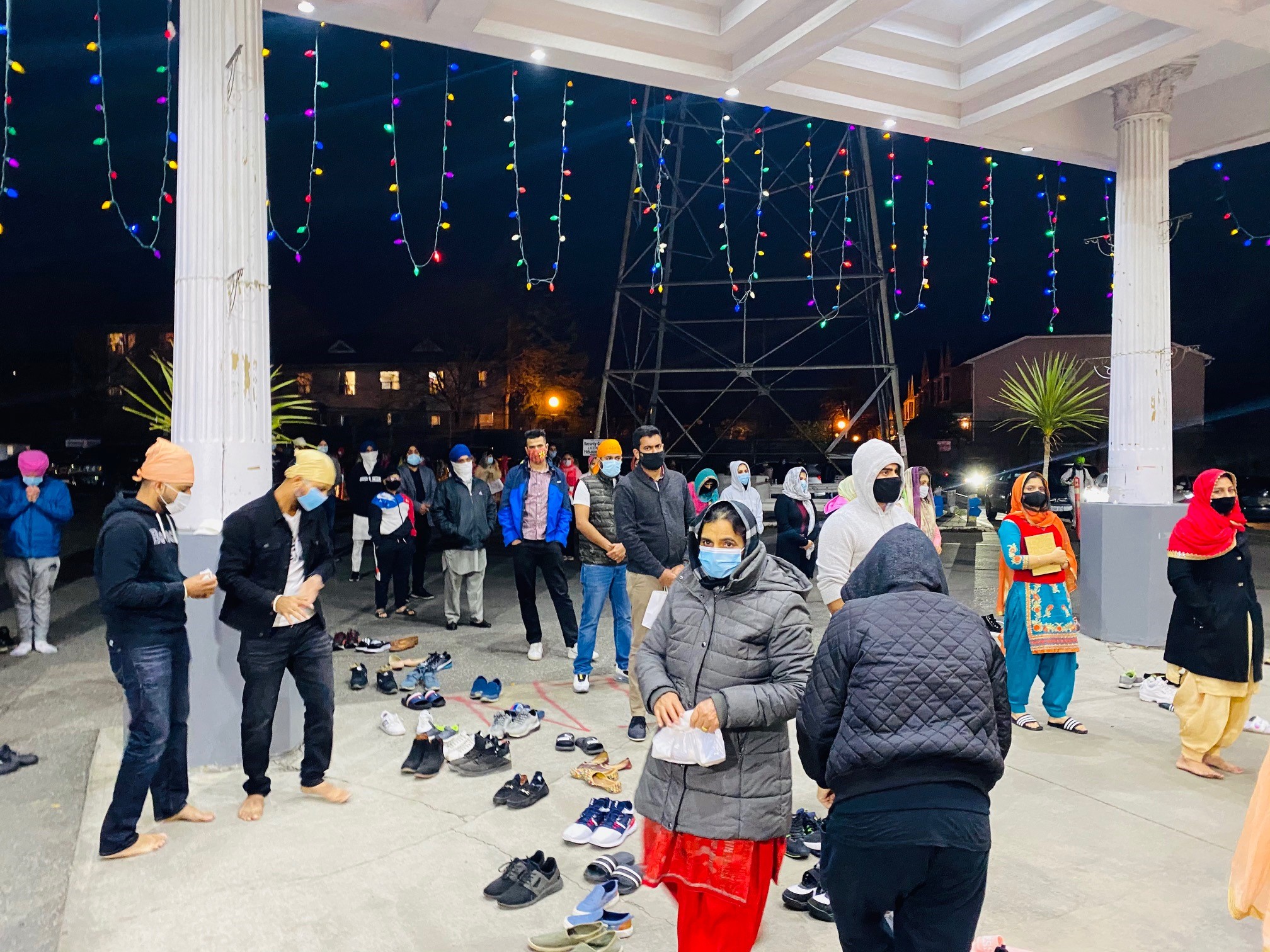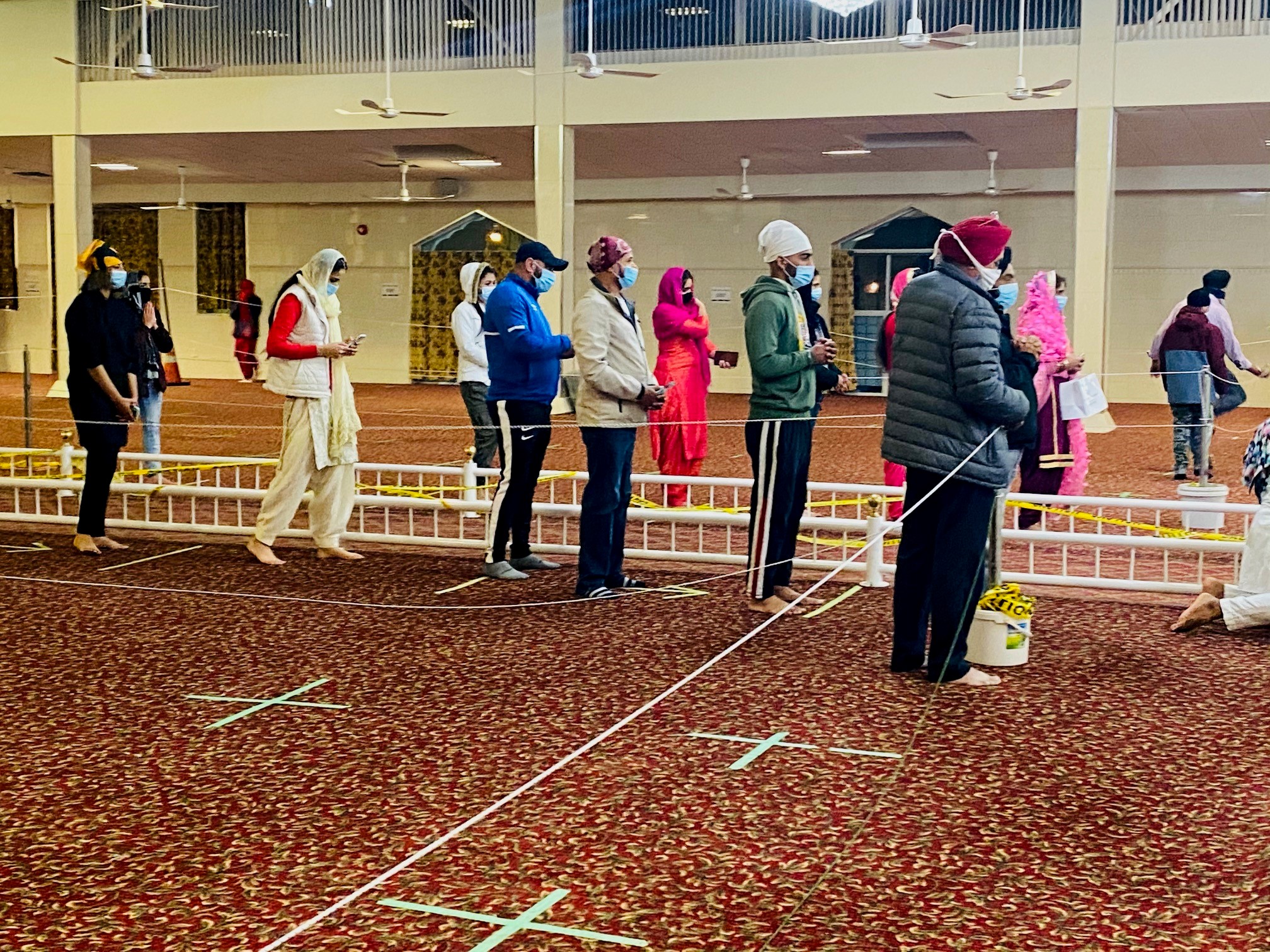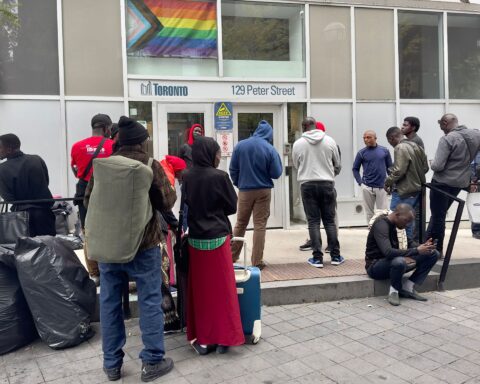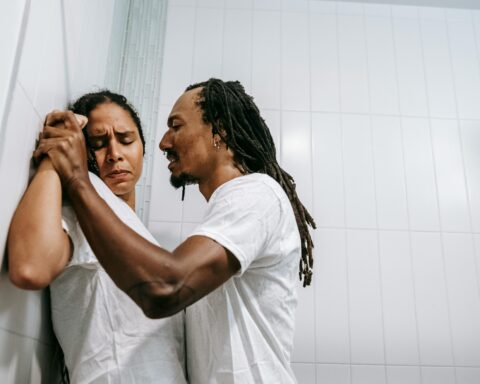“A house made out of tissue paper” is the best way to describe the current lockdown restrictions introduced in Peel region on Monday. With the region currently in lockdown, it’s clear that residents are not doing enough to protect themselves from the virus. Guidelines are being flouted.
Let me be clear when I say this: it’s not the fault of any one political party, not the region, not municipal governments, nor the province that the situation has escalated in this fashion. We’ve had eight months to come to grips with this virus, and yet, we have completely normalized a system of apathy regarding the ongoing social distancing directives, leading to plain ignorant behaviour from people who don’t know any better.
In my opinion, various levels of government are doing and saying what they must, but my fellow-residents of Brampton just fail to follow the guidelines. The messaging from mainstream media has been confusing for average folk and one gets little useful information from multicultural media — which mainly translate news accounts from elsewhere and displays full-page ads paid for by the federal and provincial governments for COVID awareness. Locally, Peel Region mayors and health officials are urging residents to stay home.
So why is the system not working to control the virus? Public health data offers compelling evidence that positivity rates are soaring in these communities, which have a high concentration of visible minorities, especially South Asians. According to a report from early August, socioeconomic data shows South Asians have been disproportionately impacted by COVID in Peel Region, accounting for 45 per cent of cases but comprising only 32 per cent of Peel’s population.
A personal choice
Why South Asians? To me, the answer is straightforward and clear. The best example might be the recent Diwali celebrations where social distancing guidelines were not followed. Officials urged the Indo-Canadian community to celebrate the festival “virtually”, stay home and avoid using long-range fireworks. Despite this, 57 people were charged in Brampton for setting off long-range fireworks.
The management of a Gurdwara (place of worship for Sikhs) was summoned to appear in Ontario Court for allowing big crowds and not following social distancing rules. I was at one Gurdwara where the management appeared to enforce the guidelines, but outside in the parking lot, crowds mingled freely causing police and bylaw officers to step in.

Another issue the Peel region is facing is residents not showing up for testing. Peel’s medical officer of health, Dr. Lawrence Loh, said the region’s testing partners have reported many no-shows and are asking people to call and cancel tests rather than just not showing up if they start to feel better. Another issue: calls informing people of potentially being exposed (“contact tracing”) to the virus are being ignored.
Since the beginning of the COVID-19 crisis in March, the virus spread in Peel has been driven by outbreaks in non-public facing workplaces, multi-generational households and private social gatherings.
Brampton Mayor Patrick Brown has said the city’s high incidence is due to the nature of its workforce. “These are unsung heroes, essential workers, truckers, and people working in a food packaging plant. Without them going to work, we wouldn’t be able to maintain Canada’s supply chain,” said Brown. “They go to work [with the] knowledge of the higher risk, and we see that in the numbers.”
He might be right, but I know my South Asian community very well. They can’t sit in one place or stop gathering in large groups.
In supermarkets, people stand on the mandated distancing markers only to crowd at doors and in aisles, walking in clumps past each other like a game of Tetris. Stand inside Square One Shopping Center or Bramalea City Center for an hour and watch as people stand around and eat food, even after walking past signs telling them that the food court is closed and asking them to carry food and drink outside designated areas to limit the spread. Others pull down their masks while chatting with their friends and family. The unseasonably warm weather in early November brought people together.
The human toll
COVID-19 has robbed people of a chance to say goodbye to their loved ones or hold proper funerals. The virus is overwhelming the hospital system.
Anthony Dale, the president of the Ontario Hospital Association, called Peel’s earlier decision to re-open while in the red zone “reckless,” citing a shortage of beds at Brampton Civic Hospital.
“The situation is precarious and fragile, and a significant surge in COVID patients would greatly destabilize [the hospital network’s] operations,” said Dale earlier this month. “We’re in a situation where the circumstances could change very quickly… and we may have the illusion of control, but all of the jurisdictions in the world that have made that assumption have paid the price.”
The whole situation reminds me of a poem noted author and former NHL goaltender Ken Dryden wrote back in March, at the onset of the pandemic, which states, “We can read what we want to read, believe what we want to believe, hope what we want to hope, say what we want to say… We can want what we want, do what we want. COVID-19 is not impressed.”
Photos by: Surjit Flora.
Surjit Singh Flora is a veteran journalist and freelance writer. He is a popular media commentator on current affairs and member of the NCM collective.




